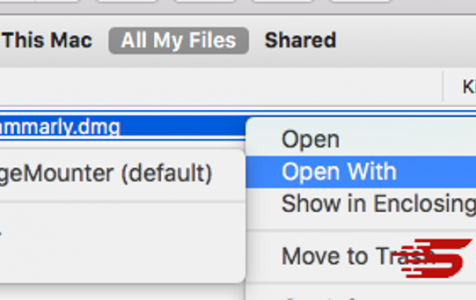
Launch the Terminal and type the following command:. Place the ISO somewhere easy to locate like the desktop or user home folder. Here’s what to do to burn an iso from modern MacOS and Mac OS X with hdiutil in the Terminal application: The syntax is rather simple but being the command line things must be precise to avoid failure or unintended consequences, thus this is best for advanced Mac users. Users can also turn to the command line to burn a disk image or iso file. This works to burn disk images and just data in general, Mac OS X Is smart enough to know what to do with a DMG and an ISO, and yes you can boo Burning Disc Images & ISO Files in Mac OS X from the Command Line You can also access the “Burn Disk Image to Disc” option by right-clicking on an image file. Insert a blank DVD, CD, or CDRW disc into the drive, then click on the “Burn” button. Pull down the “File” menu and choose “Burn Disk Image (Name) to Disc…”. From the Mac Finder, select a disk image file. The ability to burn data and disk images has long existed in the Finder of Mac OS, but now burning images is missing from Disk Utility, it’s one of the primary methods of burning a disk in Mac OS X 10.11 and later: How to Burn a Disk Image File (ISO, DMG, etc) from the Finder of Mac OS X This is exclusively for macOS High Sierra, Sierra, OS X El Capitan and later, where the feature no longer exists. 

Note this is not necessary in older versions of Mac OS X, which allowed burning ISO files from Disk Utility. But not to worry, you can still burn disk images and data discs in modern MacOS and Mac OS X releases, and you can start the process either from the Finder or from the command line on the Mac.






 0 kommentar(er)
0 kommentar(er)
